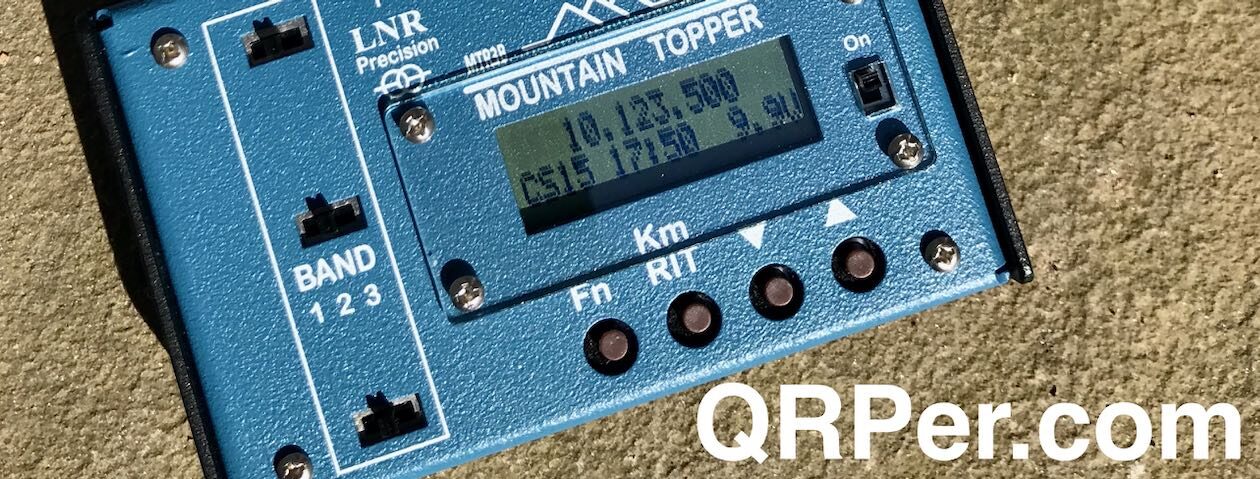Many thanks to Shane who writes with the following question:
I really need some advice.
I know you have produced many videos on the Icom IC-705, and I am wondering if there is a way to directly enter frequencies on this rig, without using the touchscreen.
Being totally blind, I really need to know this before I fork out around $1400 or so, and I figured you (or someone you know) might have the answer?
Is there a small external keypad, like the one that I use with my Yaesu FT-891. Any help you could give me would be so much appreciated, here. Best and 73
Great question, Shane. We’ve touched on this topic before, but not specifically about the Icom IC-705.
 At the end of the day, the IC-705 is a very visually-oriented radio since so many of the important features and functions rely on a dynamic, flat, color, touch-screen display. There are physical buttons, but they are typically used to open up more options on the touch-screen display.
At the end of the day, the IC-705 is a very visually-oriented radio since so many of the important features and functions rely on a dynamic, flat, color, touch-screen display. There are physical buttons, but they are typically used to open up more options on the touch-screen display.
I don’t know of an external keypad for the IC-705 that allows for direct frequency entry. I have seen external pads for controlling CW and Voice memory messages, but not for direct frequency entry.
I’ve spent the better part of a half-hour looking through the IC-705 advanced manual.
I was hoping to find that there were voice announcements above and beyond those found in the Function menu (which are somewhat limited). Unfortunately, I don’t see a way that it can announce each digit entered in the frequency input, nor a way to audibly confirm the frequency, either in voice or CW.
As for other ways of entering frequencies outside of the radio—say, via a PC—I know this can be done. I use a program with my Macbook called SDR-Control. It will wirelessly connect to the IC-705 and allows you to directly enter the frequency via your computer keyboard. Using a computer adds an extra level of complexity, though, and I’m not sure if a screen reader would work well with it. You might reach out to the developer in case others have asked.
At the end of the day, I’m not sure the IC-705 would be the best choice in terms of accessibility when you’re blind or visually impaired, since, at its core, its main interface relies on a touch screen and very few physically defined buttons and controls.
Any experience here?
 I would love to stand corrected, though!
I would love to stand corrected, though!
Readers: If you have any advice for Shane, especially if you use the IC-705 and are visually impaired, please comment!
Shane is specifically asking if there is an external keypad out there that could be used with the IC-705. It seems with all of the connectivity of the IC-705, there might be something out there that would work.
I should add: if there are peripherals and techniques used with its 100W sibling, the IC-7300, they may also work with the IC-705 since the user interfaces are so similar.
Let’s see if we can help Shane!
























































